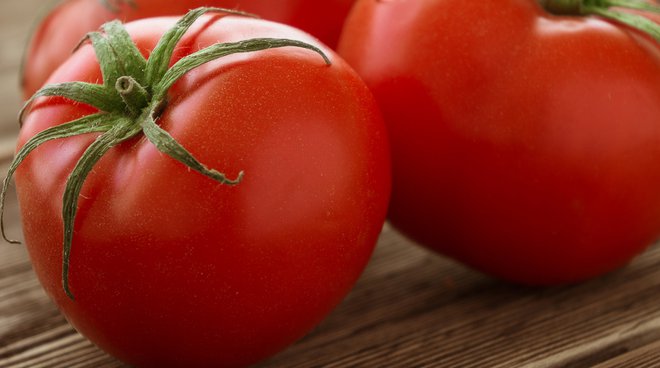Healthy and Sustainable
BEWARE OF WINE AND ALCOHOLIC BEVERAGES
Less is more! This recommendation has never been so spot on. Alcoholic beverages cause more problems than benefits, but a moderate use is both tolerated and recommended.

Less is more!
This recommendation has never been so spot on.
Alcoholic beverages cause more problems than benefits, but a moderate use is both tolerated and recommended.
It must be clear that a large consumption of wine and alcoholic beverages can lead to health problems, even of a serious nature. Too much alcohol can cause several types of tumor, seriously impair liver function, cause addiction. Alcohol abuse has devastating effects on a person’s physical and social life, so it is essential to know how and why it is necessary to limit its intake.
Alcoholic beverages have been of great social importance since time immemorial.
Over the centuries and, above all, thanks to scientific studies, we have learnt to manage them in a more sensible manner. Once it was normal to give them to children, drink them at work and - before the advent of coffee - it was normal to drink them at breakfast time. We drink alcoholic beverages because they have a considerable influence on our central nervous system, making us more euphoric, happy and uninhibited.
Wine is also important in cultural and economic terms, and the development of oenology reflects this aspect.
A greater focus means better quality of tastes and perfumes with which we can accompany dinners and share convivial moments. The taste changes according to the choice and the process which turns grapes into wine; on the other hand, ethyl alcohol or ethanol, which comes from the fermentation of simple sugars, is the same for all alcoholic beverages.
Ethanol is a narcotic substance with toxic effects on the organism.
It is tolerated within certain limits, but beyond these it is harmful for:
- the central nervous system, causing hallucinations, psychosis and dementia which, can in turn, cause falls and accidents;
- the liver, with diseases which range from steatosis to cirrhosis and tumor;
- cognitive and emotional development at a young age, a period which should remain totally alcohol-free until 20 years of age;
- the ability to absorb certain vitamins;
- pregnant or breastfeeding women;
- those taking medications.
Alcohol is a high-calorie food. More alcohol means more calories.
Alcohol has a high energy value: one gram of alcohol contains 7 calories, while one of sugar contains 4, but- just like sugar - these do not contain vitamins, salts, minerals, proteins and fats and so they are useless and are called empty calories. Alcoholics tend to replace a large amount of other foods of their diet with alcoholic beverages which puts them at risk of nutritional deficiencies.
The empty calories of alcohol are not recorded by the hypothalamus and cannot be used for muscle work.
They are stored as fat deposit and make us put on weight.
Studies on the damage/benefit ratio of wine suggest that the optimal daily amount is 1 x 4 oz glass for women and 2 x 4 oz glass for men, but never on an empty stomach. These quantities reduce the risk of coronary ischemia thanks to the vasodilator effect of ethanol, however this must not be seen as a medicine.
Wine is also rich in different types of polyphenols, namely those anti-oxidant, anti-inflammatory, anti-fibrotic and anti-carcinogenic substances which are already found in grapes. In the winemaking process many polyphenols are lost, remaining in the skin, but it is also true that small amounts can be taken principally by drinking wine, since they are present in the seeds, which not everyone eats.
Red wine has more polyphenols than white wine, for example it contains resveratrol which inhibits LDL (bad) cholesterol oxidation and platelet aggregation protecting the organism from cardiovascular diseases; however, in this case too, we must not see wine as a medicine: the quantity of polyphenols present in two glasses of wine a day does nothing for health.
Drinking a lot of red wine to take good quantities of polyphenols is not a good idea. Let us always remember that we must not exceed the recommended doses because the negative effect of alcohol outweighs its beneficial effect.
Choose carefully.
If you want to dine with alcoholic beverages remember to accompany them with water, or opt for less alcoholic beverages like beer, which is allowed in a quantity of 11.15 fl oz. for men and a little less for women. Prefer quality wines that are CDO or CGDO certified and avoid the cheap ones because it is almost certain that they contain chemical substances necessary to lower costs, many sulfites and other additives which can cause headaches and allergic reactions. With modern winemaking techniques you can purchase a good wine without the need for many additives. Organic wines are the safest bet because they contain no chemicals.
Cheers!
NEWS
ALSO IN FOOD TRENDS
Healthy and Sustainable
Health and tomatoes: low-calorie recipes
Integrating low-calorie recipes into your diet is essential for anyone aspiring to maintain a healthy, balanced lifestyle. In this context, the tomato stands out as an ingredient known both for its nutritional value and versatility in cooking.
Healthy and Sustainable
What to add to puree? The right sauce for every taste
Tomato sauce is a classic of Italian cuisine and, starting with the basic recipe made with sautéed onion and basil, this delicious sauce can give you unforgettable moments of flavor!
Healthy and Sustainable
Recipes with grains for a cool summer
Four delicious recipes with grains, excellent also chilled, for a cool summer.


